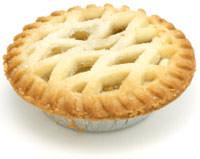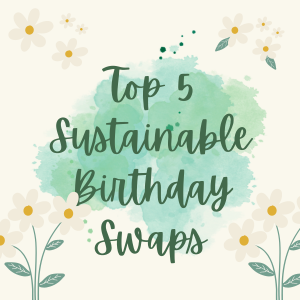The local Bumble Bees were busy in our garden in May around the beautiful Apple and Cherry Blossom on the Conference Pear Tree and Sunburst Cherry Tree in my garden.
It was such a welcome sight after what seemed like the longest Winter in memory to see our trees burst back into life.
The fruit trees in our garden are the same trees that we sell online as gifts, they are all self pollinating which means that they have been grafted to create a perfect garden sized tree that will produce an abundance of fruit ready to eat from the tree or cook in the kitchen. The blossoms on each tree soon drop off after a week or two and then the fruit starts to appear, first as a tiny stalk and slowly growing to take the shape of tiny Cherries, Pears and Apples.
The UK had an absolutely miserable Summer in 2012 and our fruit trees didn't have a good time with constant dull skys and rain helping to make the fruit harvest very poor. The silver lining of last years bad weather is that our Fruit Trees have extra fervour in 2013 and are producing bountiful crops of fruit - much better UK fruit crops for many years. I have come up with a few quick pointers for you to follow on how to make sure you get the most out of your fruit tree this year.
Just received a fruit tree?
Be really careful if you are transplanting your containerised tree into a larger pot or out into the garden during the Summer months because the active roots could get damaged through too much air exposure or lack of water. I recommend planting in the evening and water the soil around the hole of where the tree will be planted before it goes there and again water the soil after you have planted the tree. Make sure that you keep the graft on the tree 2-3 inches above the soil level (the knobbly bit at the base of the tree trunk).
Keep watering the trees roots every morning after planting. Remember that fruit trees always produce more fruit in the second year after planting once they have settled into their new home in your garden, so dont worry too much if your crop is lighter in the first year.

Protect your fruit crop from squirrels and garden birds!
Avoid venting your anger at your local wildlife by investing in a fruit cage or some cheaper fruit netting to protect your precious crop from cheeky garden birds. Black Birds, Blue Tits and Grey Squirrels are particularly fond of the fruit in my garden which has been a major problem for us in past years.
Horsey poo
If you happen to have a horse or two, make use of their 'byproduct' and mix the manure amongst the soil around your fruit tree to give it a boost generated from some rather lovely natural ingredients.
Do you have any fruit growing tips?
Share them with us via social media. Facebook, Twitter, Google Plus.





